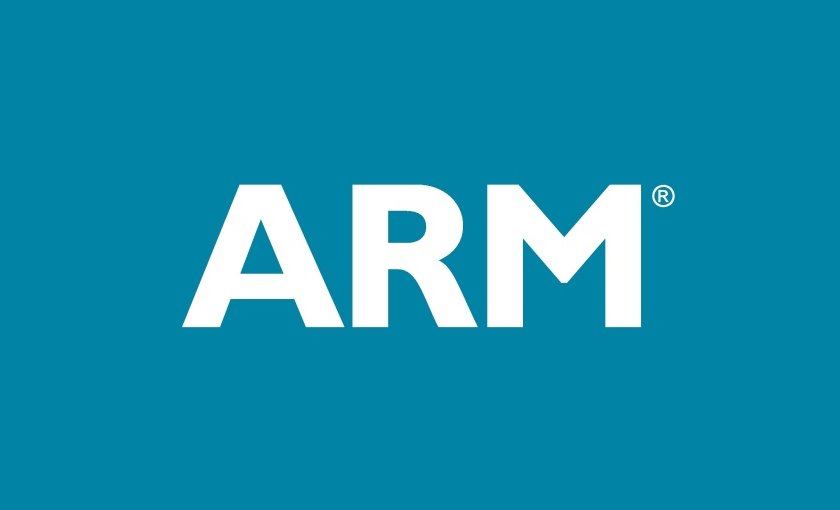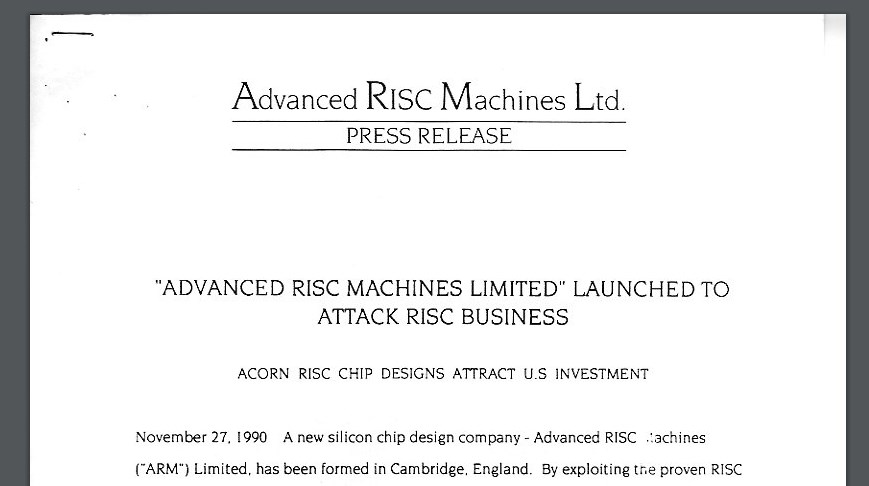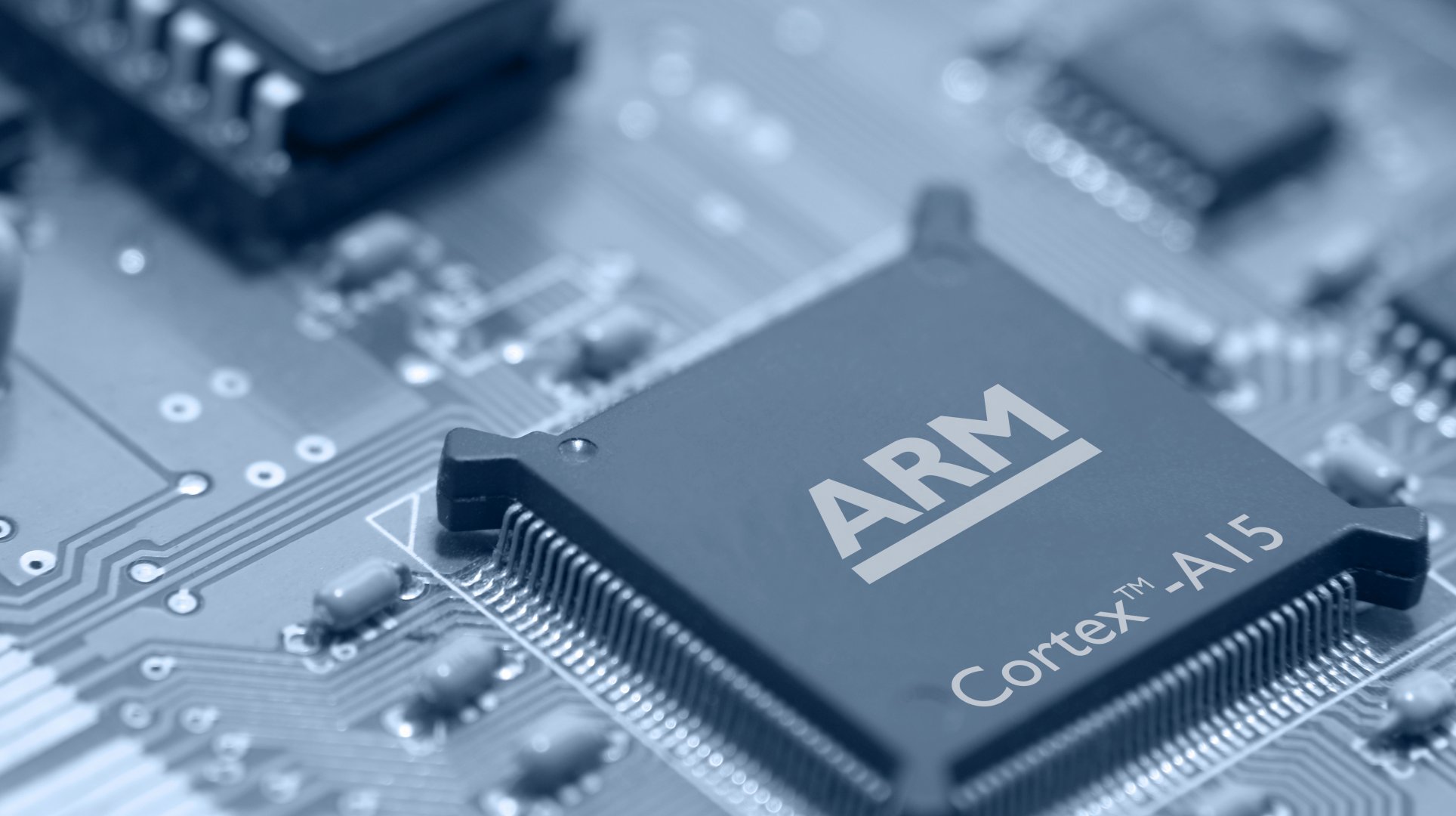Affiliate links on Android Authority may earn us a commission. Learn more.
Ten defining moments in ARM’s history

On November 27th 1990, Advanced RISC Machines was spun out of Acorn Computers with a mission to create a new global microprocessor standard. Over the next 25 years, ARM’s partners shipped some 75 billion chips in devices ranging from sensors to smartphones to servers, establishing the company as the designer of the world’s most prevalent compute architecture.
The name ARM no longer stands for Advanced RISC Machines but the company’s ethos remains the same; to address the growing market for low-cost, low-power, high-performance chips.
As ARM focuses investment and expertise in enabling a new smart and connected future, let’s take a moment to reflect on the past quarter of a century and identify ten milestones that have shaped the company.

1990 – The first press release
A joint announcement with Acorn Computers, Apple and VLSI Technology, heralded the creation of ARM and set out its objective to provide an open processor architecture. At this point in history around 130,000 ARM chips had been shipped. You can read the first press release here.
1993 – ARM introduces ARM7
In 1993 ARM introduced the ARM7 family of cores. One of the ARM7 processors was the ARM7-TDMI, featuring the Thumb instruction set. This technology allowed 16-bit instructions to be decompressed transparently (in real time) to full 32-bit ARM instructions without performance loss. It improved code density by around 35 percent and reduced the memory footprint to a size comparable with 16-bit microcontrollers. This made it perfect for cost-sensitive embedded control applications such as mobile phones.
The ARM7-TDMI was licensed by Texas Instruments for use in the hugely popular Nokia 8110 phone that was featured in the 1999 hit movie The Matrix. Alongside the Nokia 6110 phone, which debuted in 1997, these models drove the early growth in mobile phone sales. By the end of 2014, a total of 30bn ARM7-based chips had been shipped.
1998 – ARM floats in London and New York
On April 17th 1998, ARM Holdings announced its initial public offering (IPO) on the London Stock Exchange and NASDAQ, priced at £5.75 per share ($29.17 per American Depositary Share). At launch, ARM’s market capitalization was £264m.
Just over a year and a half later, on December 20th 1999, ARM qualified for the FTSE 100 (a share index of the 100 companies listed on the London Stock Exchange with the highest market capitalization). ARM’s market capitalization today is around £15bn.
2002 – One billion chips shipped featuring ARM technology
After 12 years of trading, a total of one billion ARM-based chips were shipped by the ARM ecosystem. In 2015, this billion chip mark is reached in a month.

2004 – The Cortex family of processors is announced
The ARM Cortex family of processors enter the market and underline the company’s intention to deliver flexible IP across targeted applications and performance requirements. The Cortex family enables chip manufacturers and OEMs to standardize around a single architecture to provide a range of compute and energy-efficiency from low-end microcontrollers to high-performance applications processors.
The Cortex-M3 was the first of the CPU core family to be released at the annual ARM Developers’ Conference in Santa Clara, California, USA.
2006 – ARM acquires Mali GPU
On June 23rd 2006 ARM acquired Norwegian company Falanx Microsystems AS for £13.4mn. Falanax developed graphics accelerator IP and software, including its Mali GPU, for SoC vendors. The acquisition formed the cornerstone of a new multimedia business unit within ARM.
The ARM Mali GPU family is now the most popular licensable GPU IP in the world with ARM’s silicon partners shipping in excess of 550 million Mali-enabled SoCs in 2014 and an estimated 650 million in 2015.
2008 – Ten billion chips shipped
“ARM partners have now shipped more than one processor for every single person on the planet,” remarked Warren East, ARM’s CEO at the time. In January 2008 ARM announced that its partners had shipped a total of 10 billion chips featuring ARM technology since 1990.
When ARM launched the ARM Cortex-M0, the smallest and lowest power 32-bit processor in the embedded computing market, it became the fastest licensing ARM processor with 15 licensees signed in just nine months as it enabled companies to move away from 8-bit technology.

2009 – ARM launches Cortex-M0
When ARM launched the ARM Cortex-M0, the smallest and lowest power 32-bit processor in the embedded computing market, it became the fastest licensing ARM processor with 15 licensees signed in just nine months as it enabled companies to move away from 8-bit technology.
2011 – ARMv8 architecture and big.LITTLE announced
The 64-bit capable ARMv8 architecture is introduced in the same year that ARM launched its big.LITTLE processor configuration to enable optimized energy-efficiency for ARM-based System on Chips (SoCs).
2014 – ARM named as fifth most innovative company in the world by Forbes
ARM was named by Forbes magazine as the world’s fifth most innovative company as it introduced a new platform standard for ARMv8-A based (64-bit) servers for the enterprise market. ARM also launched a new Internet of Things business unit to help accelerate smart connected technologies globally.
25th anniversary
To celebrate ARM’s 25th anniversary the company has created a series of 25 short films that look at the people and innovations that have shaped modern technology. The series is called ‘Standing on the Shoulders of Giants and features exhibits from the UK’s Science Museum in London. Click the image below to go to the playlist:

If you want to know more about ARM, its microcontrollers, its Cortex-A processors, and its diverse eco-system then be sure to checkout ARM’s Connect Community at https://community.arm.com/welcome.
Republished with permission from ARM – Read the original post on ARM’s Connected Community.